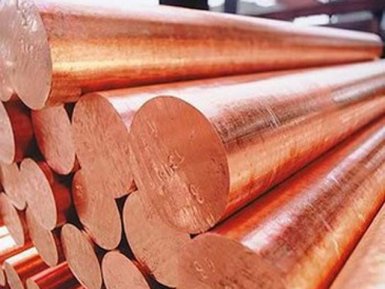Heat resistance of stainless steel

You are interested in the characteristics of heat resistance stainless steel from the supplier Alekhlas? Here you will find the necessary information on the topic.
Determinants
Oxidation resistance of stainless steels depends on chromium content of Most austenitic steels with a chromium content of at least 18% can be used at temperatures up to 870 ° C. the Most martensitic and ferritic steels have lower resistance to oxidation and hence lower useful operating temperatures.
Creep
High temperature strength of materials is normally expressed through the creep strength — the ability of a material to resist distortions with prolonged exposure to high temperature. In this respect particularly effective austenitic stainless steel.
Low carbon versions of the standard austenitic grades have a reduced strength at high temperature, so it is usually not used for structural applications at elevated temperatures.
Duplex stainless steels have good oxidation resistance due to their high content of chromium, but they are prone to embrittlement when exposed to temperatures above 350 ° C. At high temperatures the strength of such steels is reduced.
Structural stability
The problem of deposition of the carbide grains occurs when some stainless steels are exposed to temperatures of 425 to 815 ° C, which leads to a significant decrease in corrosion resistance. Another problem is that some stainless steels in high temperature applications form the brittle Sigma-phase. Embrittlement Sigma phase is accompanied by corresponding changes in the microstructure of steel. The unfavourable microstructure can be changed, heating the steel to a temperature above the temperature range of formation of Sigma phase, however, this is not always acceptable, because the Sigma-phase is always formed in steels with high silicon content. Therefore, the silicon in stainless steels is often replaced by Nickel.
Supplier — the company Alekhlas — offers to purchase assortimente metal, made of different grades of stainless steels. Products can be purchased at a price formed on the basis of European and world standards. Possible, wholesale and retail, for regular customers a flexible system of discounts.
Environmental factors
Other factors that may be important when using steels for high temperature applications, are resistant to carburization and sulfidation. Sulfur-containing gases in reducing conditions greatly accelerate the attack on stainless alloys with high Nickel content. If reducing conditions are present sulphurous gases, it is proposed to first run prototypes for testing in similar conditions to determine the best alloy.
Thermal expansion
Another property that can be applicable in applications with high temperature, is the thermal expansion of a specific material.
Coefficient of thermal expansion of austenitic stainless steels is higher than for most other grades of steel. Its values vary from different grades of stainless steel, but increases slightly with temperature.
The effect of thermal expansion is most significant when two dissimilar metals are manufactured together and then heat up: this leads to bending or buckling.
Localised stresses from expansion during heating and cooling can contribute to stress corrosion cracking under tension in an environment that normally does not attack the metal. These applications require minimizing the adverse effects of temperature extremes, such as the use of expansion joints to allow movement without distortion and to prevent abrupt changes in cross section.
Supplier — the company Avecho offers various types of stainless steel domestic and foreign production. Products are offered at affordable prices from the manufacturer. Supplier guaranteed timely delivery at any address specified by the consumer.


